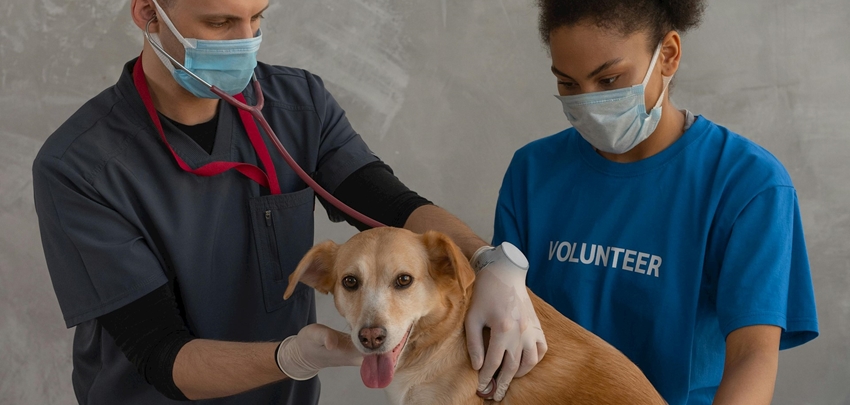A Job Demands–Resources Perspective on Emotional Exhaustion and Work Engagement in Human–Animal Work

In a study based on 205 employees who engage in human–animal work, we investigated employees’ perceived job demands and resources that are characteristic of human–animal work and relationships with well-being and motivational outcomes. The results revealed that the job demand of animal distress increased employees' emotional exhaustion, while the demand of occupational stigma was not significantly related to exhaustion. The job resources pro-animal impact and human-animal bonds positively predicted employees’ work engagement. However, when employees reported that the animals they were working with experienced distress, the association between human-animal bonds and work engagement was mitigated. We discuss implications for the job demands–resources theory, research on animal distress, and the field of human–animal work, and offer practical implications for employees working with animals.
Abstract
Prior research has highlighted various psychological benefits and detriments associated with human–animal work, i.e., work that is substantially focused on living animals. However, systematic research that identifies both demands and resources across various occupations in this domain of work has been limited. To address this issue, we build on job demands–resources theory to identify job demands and resources that are characteristic of human–animal work and link them to health and motivational outcomes. Our study of 205 individuals who engage in human–animal work across different occupations shows that in terms of job demands, animal distress positively relates to workers’ emotional exhaustion, but the occupational stigma of human–animal work does not. Regarding job resources, we find that pro-animal impact and human–animal bond both positively relate to work engagement, explaining additional variance in work engagement beyond more general job resources. However, when animal distress is high, human–animal bond does no longer predict work engagement. We discuss implications of our study for job demands–resources theory, research on occupational stigma, and the field of human–animal work.
You can read the full paper here.

